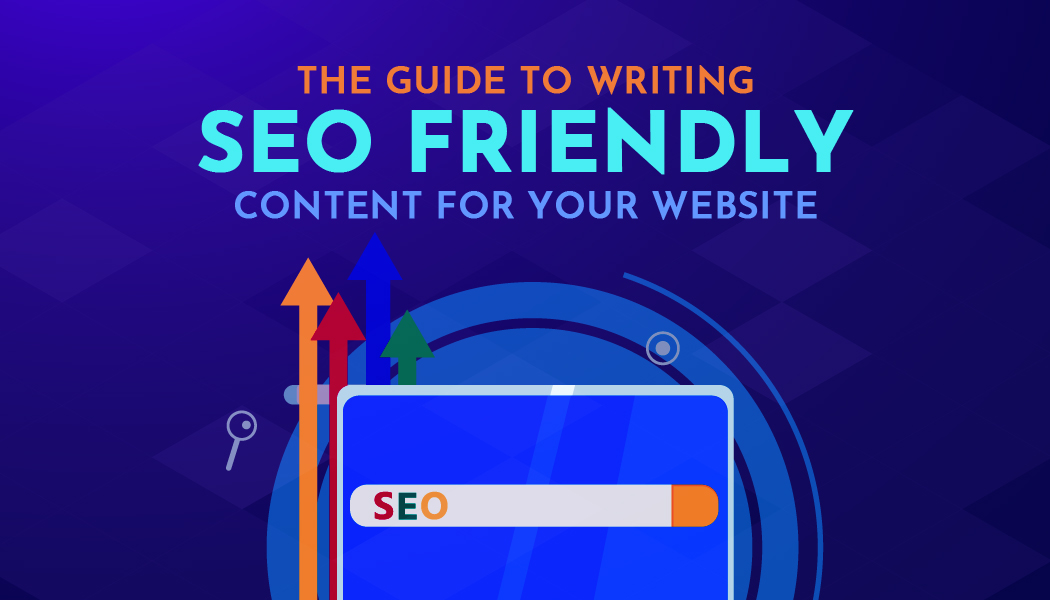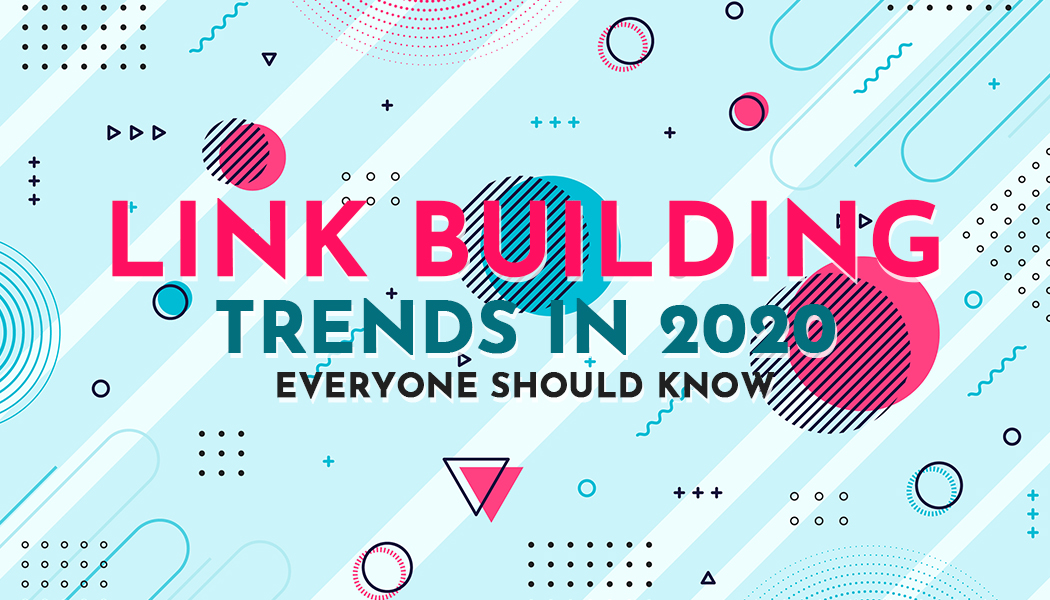The Guide to Writing SEO Friendly Content for Your Website
The most critical thing in any site is its content, its information that it provides to users. All this variety of information is usually called content.
How to Create SEO Friendly Content for Your Website
When promoting resources, the content of the site, or the text content of the pages must play a paramount role. Historically, there are no search algorithms for graphics or media content, and the relevance of documents is determined by analyzing the length of the texts, the density of keywords and other parameters. Therefore, no written site can do without a written text. According to one leading SEO Sydney Agency, on-page content is the number one factor that Google considers when ranking a web page.
The content of the site has its characteristics. Important parameters of the text are volume, maximum information content, readability, literacy, and accessibility. Content is created in accordance with the rules for optimizing web pages and the algorithms of search engines. Texts for sites contain keywords, have headings, paragraphs, bulleted and unmarked lists, tables, etc.
Why Are SEO Texts Still Relevant for Your Website Content?
One of the primary sources of traffic is the organic issuance of search engines - in other words, traffic from search engines. If you want to increase the position of the site in organic search results, search engine optimization was created - SEO gold coast. Over a decade and a half, the science of SEO has developed rapidly, along with the improvement of search engine algorithms that index and rank all sites on the Internet.
Previously, SEO-specialists had at their disposal useful and straightforward tools for influencing positions with the help of purchased links, but now search algorithms have learned to efficiently calculate and deal with various kinds of artificial promotion methods, trying to make the site's primary success factor useful to users.
Unique Content is the Best Way to Boost Your Website
Original text content optimized for search engines is a powerful tool for webmasters and allows you to go to the first pages in the distribution of Google and other search engines. Particular importance is attached to the headings, and it is for them that the search robots determine the subject of resources. Therefore, the headings of the first, second, and third levels should contain the keywords by which the site should be indexed. If the title is incorrect, then few targeted users will get to the site.
The first way of website promotion is the use of high-frequency queries in headings, links in the text.
Another way is to place a large number of low-frequency queries on the page. The third option is to use two types of keywords at once. Due to the high competition, it is complicated for new resources to occupy leading positions in high-frequency queries, so optimizers are increasingly using low-frequency ones.
How to Write Your Content Properly – the In-depth Guide
Content needs SEO to stand out from the mass of mediocre and banal messages that are clogging up the Internet today. Google states that content is one of the main ranking factors for organic search, but what does it mean? After all, it's not about any content? Of course not. Search engines, unfortunately, do not give us checklists of "good" content, and in the future, we also do not have to rely on it. But comprehensive instructions for creating high-quality content will help you understand this complex issue.
1. Create and Optimize Your Content Strategy.
Quite a few marketers today are waiting for content to finish writing to engage SEO as an advertising tool, paste keywords into the generated texts, and have multiple links. In fact, an effective content strategy must begin with keyword research and user intentions. If you know what kind of queries your consumer audience is using, what type of content it is looking for, then you will be able to develop a marketing strategy that will answer specific user queries.
-
Content should be based on understanding your audience's needs, researching user queries, and keywords. Speak to your audience in one language and give them precisely the information they are looking for at that moment.
-
Content should contain an appealing call to action or clearly describe the next step. If you know what your visitors need, then your content will tell them how to get what they want. If you don't know how to build a proper strategy, it is better to ask professionals and experts in this area that can help you with helpful tips.
2. The Process of Creating Quality Content.
The interested user consumes more content, interacts with it, and shares it. Make sure you create quality content by analyzing all the details, from the layout elements to the overall structure.
There are many thoughts and ideas about what characteristics make the content quality. They are all noteworthy, but in short, quality content will meet at least a few of the following:
- simplicity and connectivity;
- logic and accessibility;
- surprise;
- concreteness;
- certainty;
- emotionality;
- uniqueness (not only in content but also in value);
- truthfulness.
Keep in mind that the texts you create are primarily for people, and only then for search engines, not the other way around.
It is designed for a readership, not a narrow circle of your friends, for example. Make sure that the language you use is not too complicated, too simple, or overflowing with professional jargon. Your content must:
-
Offer social sharing. Take a look at the content on the side and ask yourself if you have a desire to share the information, and is there an opportunity to do so? Are there any universal access buttons?
-
Be structured. If you want to make the text easy to read, its structure should include short paragraphs, numbered lists, markers, bold text, quotes, and so on.
-
Use valid attractive headers and H1s. Undoubtedly, these attractive headlines should include keywords.
-
Outperform competitors' content. When reviewing pages that are relevant to your targeted searches on other sites, make sure that your content is better than any other content.
3. Creating competent content.
Is there anything more nasty and unpleasant than gross mistakes or typos in the excellent content of a page? No, no, and no again. Although there is no evidence to date that content literacy has any influence on ranking, it is a problem of general perception and level of trust in the resource. Besides, references to reputable sources are also a proper technique. At the same time, it is also useful for SEO, because leaked links are a signal to search engines that you are engaging with the right audience.
4. Be Careful With Keywords. Do Not Overuse Them.
A content that is overcrowding with keywords has never been a useful resource. Firstly, it is contrary to the requirements for quality content, and secondly, thanks to Google, this method is not only not helpful but dangerous. Google is good at keywords. However, this does not mean that the keys are unnecessary ballast. On the contrary, the only thing we need is to learn how to use them properly.
Conclusion
When working with SEO content, take an integrated approach right away. If your marketing strategy didn't start with SEO research, start over. If the wheels and engine are connected and run synchronously, you will be able to ride smoothly and confidently.




